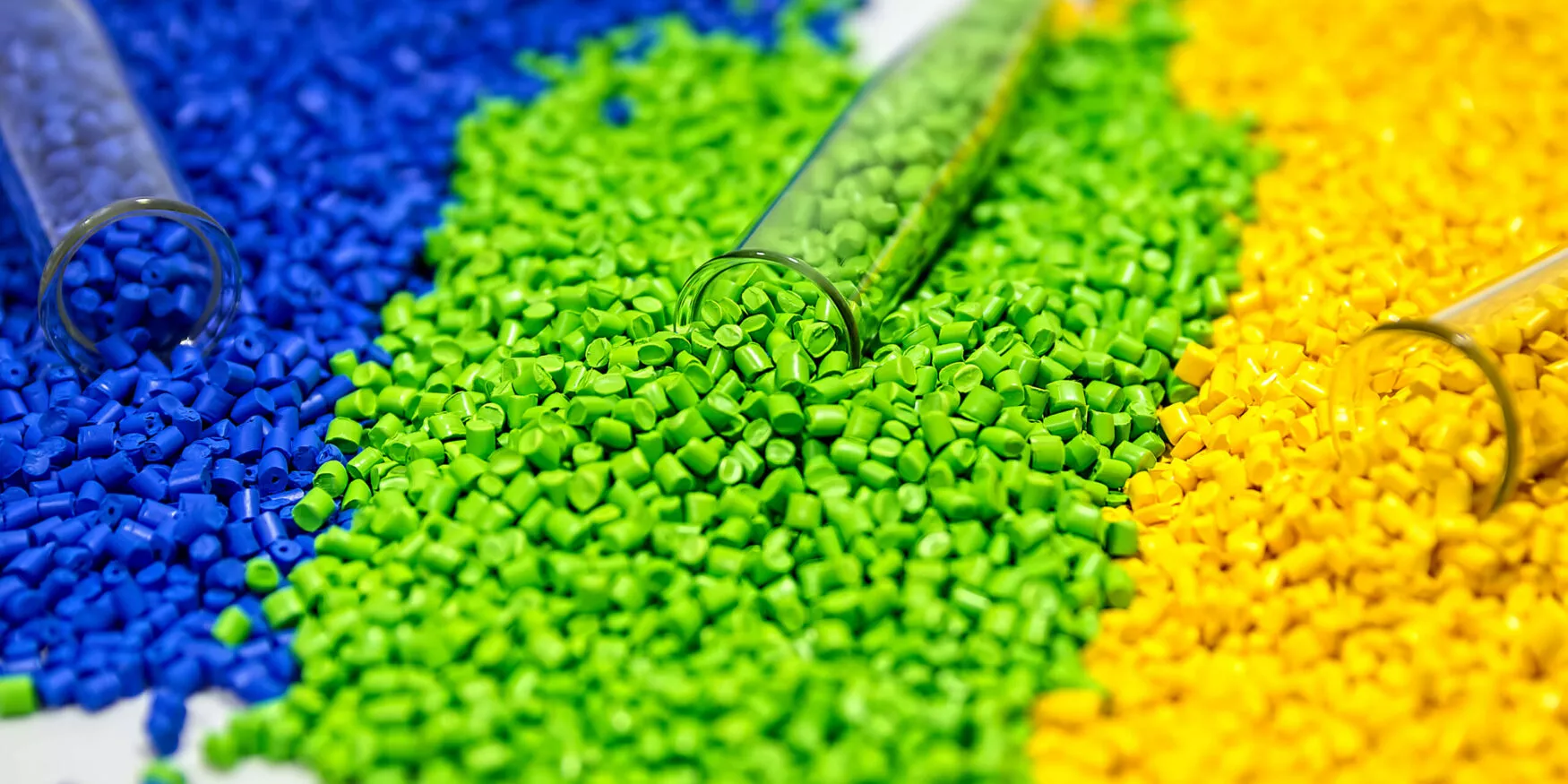Improving the properties of recycled polymers through reactive extrusion
Question
Is it possible to modify the rheological properties of polymers to improve their processability and formability?
Is it possible to modify the melt flow index (MFI) of polyolefin-type polymers? Can this be done with a continuous process that can handle industrial quantities and does not require solvents?
Expertise
MATERIA NOVA has expertise in polymer processing and shaping, particularly in reactive extrusion (REx).
This process requires no solvent, features short reaction times (on the order of one minute) and enables continuous operation with low infrastructure costs.
The extruder is used as a continuous reactor, enabling simultaneous extrusion and chemical reactions such as radical grafting.
Recycled polypropylene (R-PP) has been chemically modified by REx in order to adapt its rheological properties to specific customer specifications.
Polypropylene, especially when recycled, tends to degrade during the processing by a chain-cutting phenomenon known as b-scission.
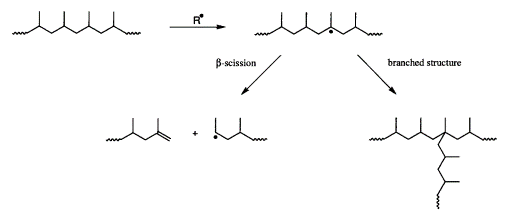
The aim is therefore to limit this degradation while promoting the branching of polypropylene chains by adding co-agents to facilitate the transformation process. This can be achieved using a co-rotating twin-screw extruder.
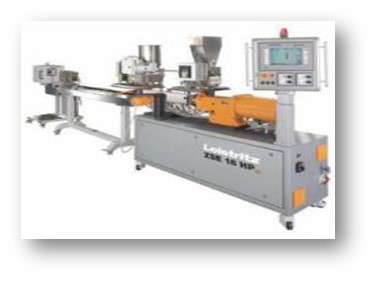
After processing, the polymer's rheological properties change:
- The melt flow index (MFI) of the modified polymer is reduced by 65% compared with its initial value.
The resulting material is therefore more viscous.
- The evolution of the storage modulus (G') shows, for the modified polymer,
the appearance of a plateau at low frequencies, characteristic of branching/crosslinking
of the polymer.
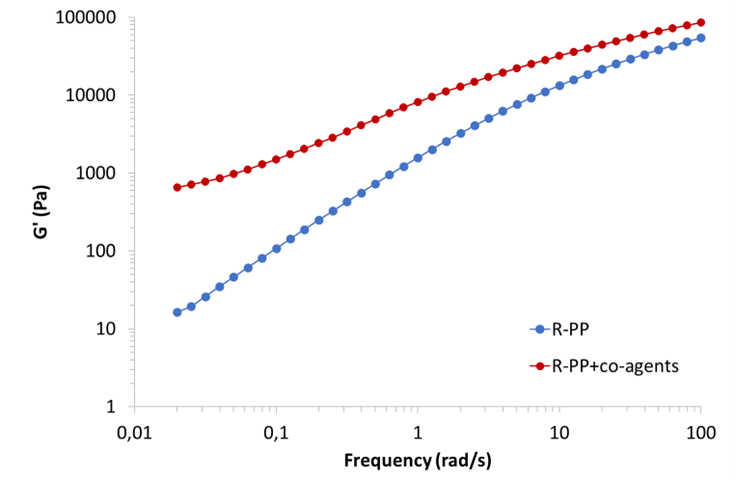
- The complex viscosity (eta*) of the modified polymer is several decades higherthan that of the unmodified polymer.
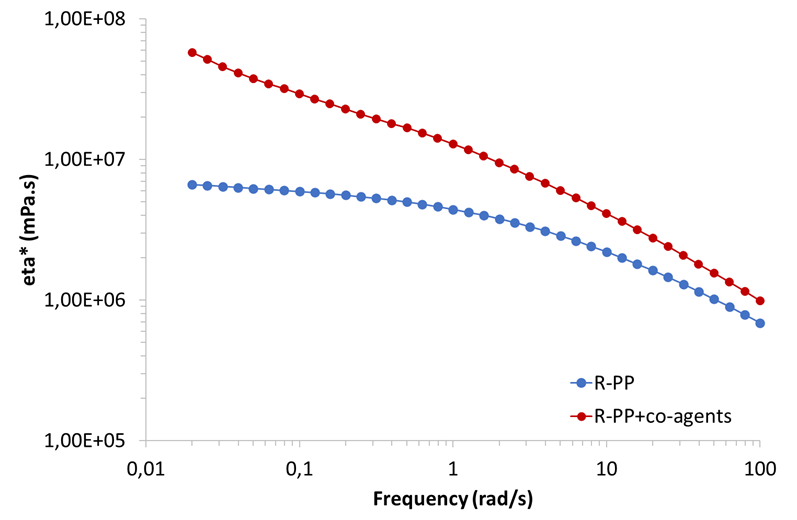
Solution
The rheological properties of recycled PP are improved by chain branching via a continuous reactive extrusion process, which enables very large quantities of polymer to be processed solvent-free.
Degradation of the polymer is reduced, thereby increasing its viscosity and facilitating future processing of the second-generation polymer.
